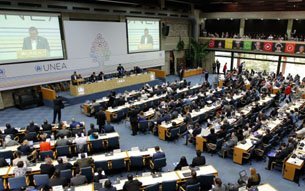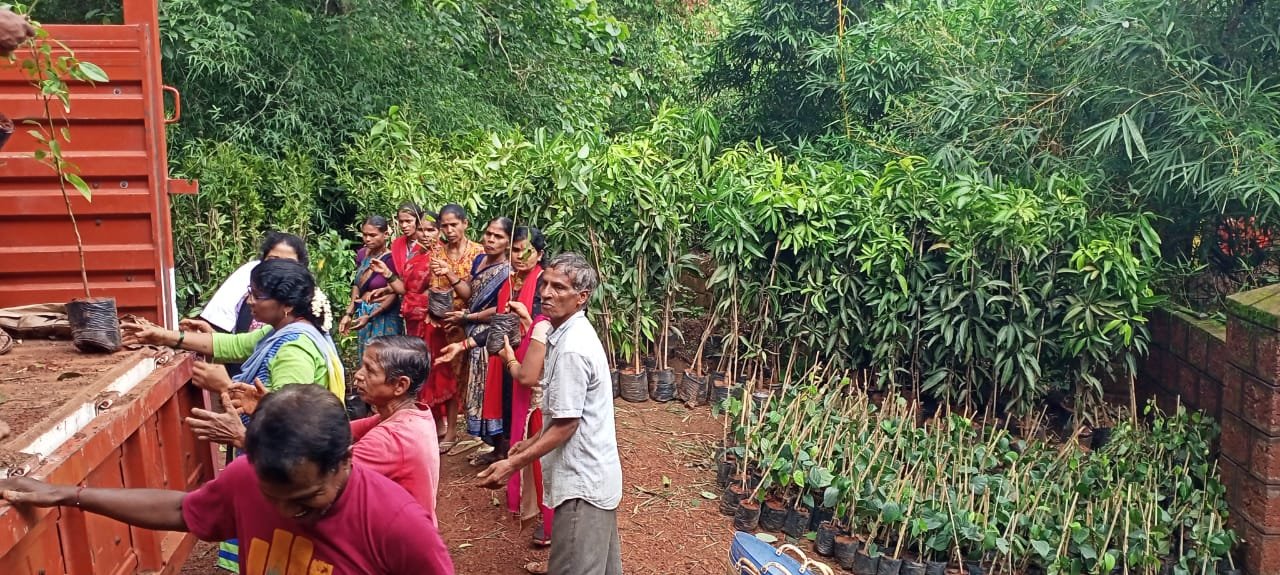
United Nations Environment Programme was established as a result of Stockholm Conference on the Human Environment in 1972. The UN General Assembly (UNGA) in the same year, established UNEP as the central UN node for global environmental cooperation and making of multilateral environmental treaties. It also established Governing Council (GC) of UNEP, with 58 member-countries as elected members based on the principle of equitable regional representation.
40 years later UN General Assembly established universal membership in the GC, mainly with an intention of upgrading UNEP and strengthening its authoritative voice on environmental issues. In 2013 the first ever “universal” session of GC was held.That widened the forum for the international community to address major and emerging environmental policy issues in wiser and inclusive ways where all 193 UN Member states participated. GC of the United Nations Environment Programme becamethe United Nations Environment Assembly ( UNEA) of the United Nations Environment Programme.
The first session of UNEA took place in 2014. The second session of UNEA has just ended in Nairobi. Four years after the idea of UNEA was floated at Rio+20, and two years after UNEA was established,in what way the global environmental story-line has changed?
It is too short a time to judge the transformation. But the sixth Global Environment Outlook (GEO-6) released by UNEP at the start of second session Of UNEA on 19 May 2016 set an alarming tone. We all knew for last 40 years that the degradation of ecosystems continued unabated. But latest GEO stated that it has been accelerating at unprecedented speed that we did not know before.
I was taken aback to read there that in 2015 the Asia-Pacific region continued to be the world's most disaster prone region. About 41 per cent of all natural disasters reported over the last two decades occurred in the Asia-Pacific region, which alsoaccounted for 91 per cent of the world’s deaths attributable to natural disasters in the last century.
The main driver for accelerating domestic material consumption is the expanding middle class. The size ofthe global middle class is projected to increase from 1.8 billion in 2009 to 4.9 billion in 2030 with most ofthis growth coming from Asia.
After all it is not only 193 governments that should act on these alarms, but 7.3 billions of us. May be UNEA needs to have 7.3 billion member-representatives?
Those who live in harmony with nature and abandon selfish desires will experience the balance of life. All beings, when in harmony with nature, attain true peace and well-being...........!!


TERRE Policy Centre organized a tree distribution drive in Dandeli, Karnataka, where they distribute...